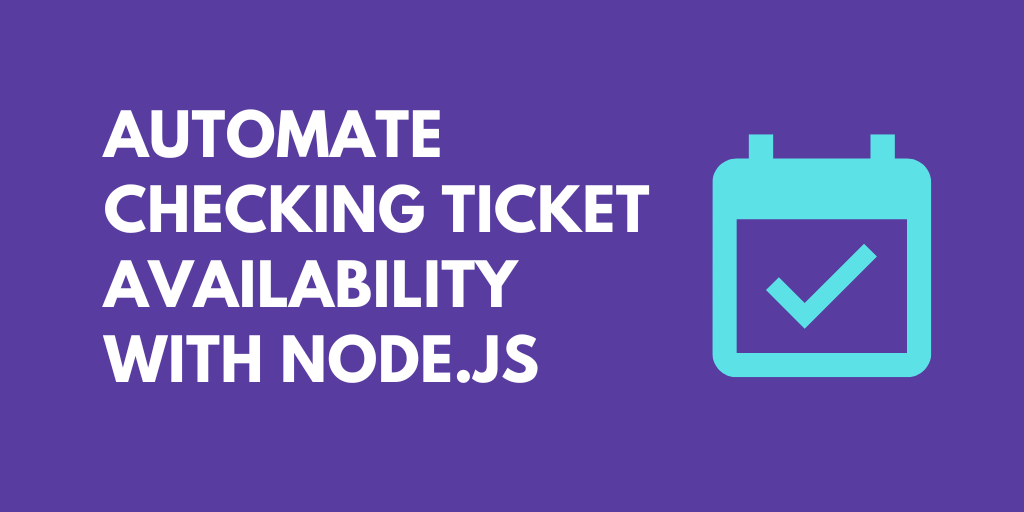What do you want to automate
with Smoove and Node?
Prompt, edit and deploy AI agents that connect to Smoove, Node and 3,000+ other apps in seconds.
Trusted by 1,000,000+ developers from startups to Fortune 500 companies
Popular Smoove and Node Triggers#
Emit new event when a new subscriber is created. See the docs
Popular Smoove and Node Actions#
Adds a new contact to your account or update an existing contact. See the docs
Write custom Node.js code and use any of the 400k+ npm packages available. Refer to the Pipedream Node docs to learn more.
Checks if a contact exists in your account otherwise will create a contact. See the docs
Contacts information can be retrieved by sending the function a unique identifier (contact's ID, email, cell phone or external ID). See the docs
Overview of Smoove#
The Smoove API, part of the Sendbird platform, offers a suite of communication capabilities such as messaging, chat, and video interactions. With Pipedream, you can leverage these features to automate interactions, sync communication data with other services, and create event-driven workflows. For example, you can trigger actions in other applications when new messages arrive, synchronize user profiles across platforms, or automate notifications for chat events.
Connect Smoove#
import { axios } from "@pipedream/platform"
export default defineComponent({
props: {
smoove: {
type: "app",
app: "smoove",
}
},
async run({steps, $}) {
return await axios($, {
url: `https://rest.smoove.io/v1/Lists`,
headers: {
Authorization: `Bearer ${this.smoove.$auth.api_key}`,
},
})
},
})
Overview of Node#
Develop, run and deploy your Node.js code in Pipedream workflows, using it between no-code steps, with connected accounts, or integrate Data Stores and File Stores
This includes installing NPM packages, within your code without having to manage a package.json file or running npm install.
Below is an example of installing the axios package in a Pipedream Node.js code step. Pipedream imports the axios package, performs the API request, and shares the response with subsequent workflow steps:
Connect Node#
// To use previous step data, pass the `steps` object to the run() function
export default defineComponent({
async run({ steps, $ }) {
// Return data to use it in future steps
return steps.trigger.event
},
})Community Posts#
